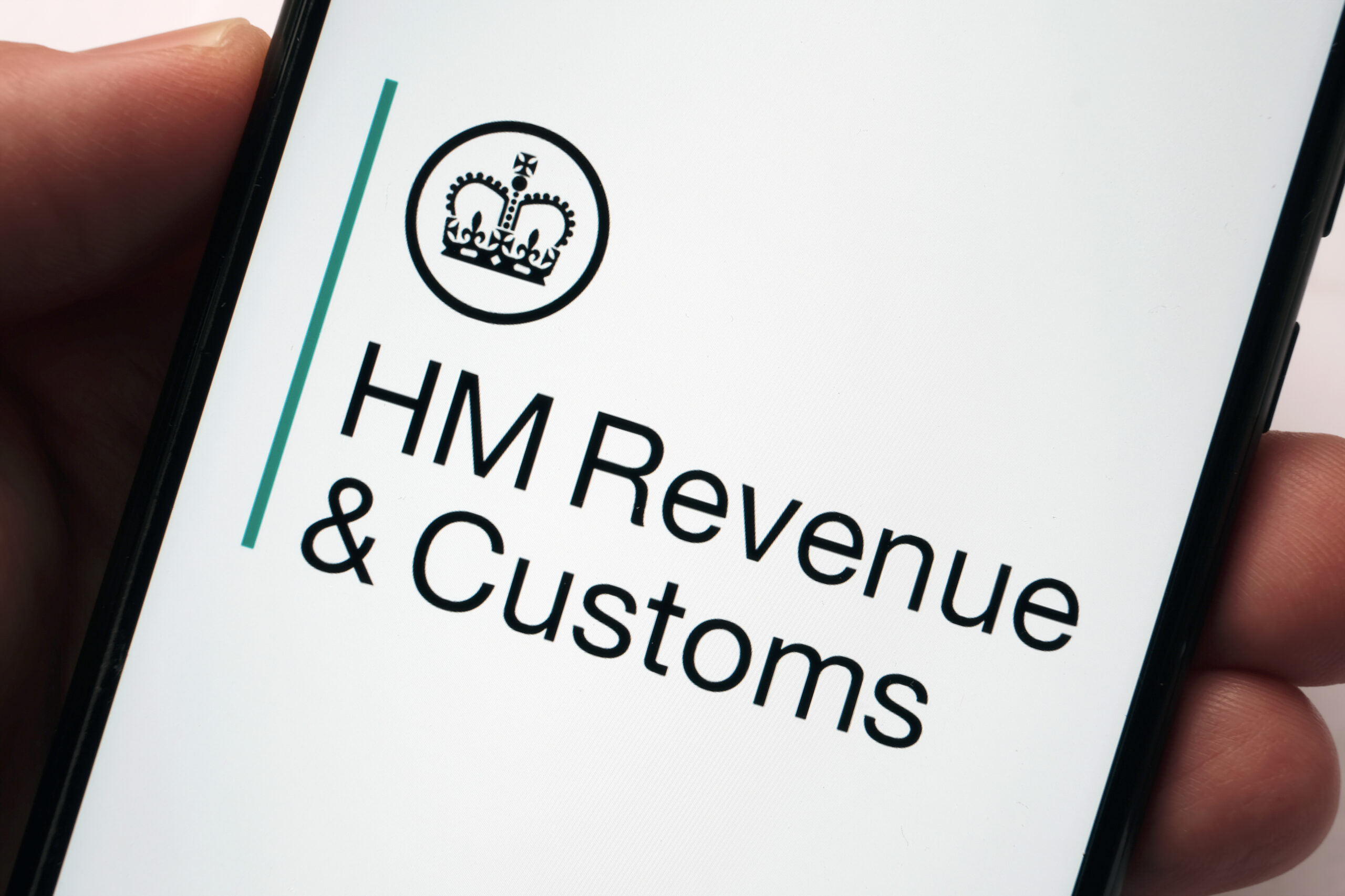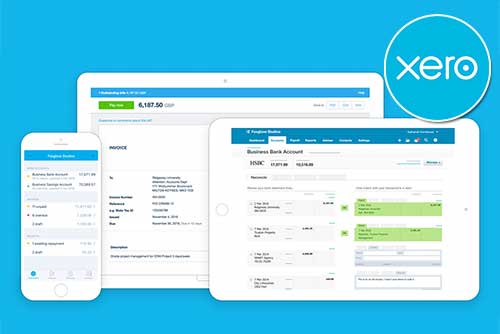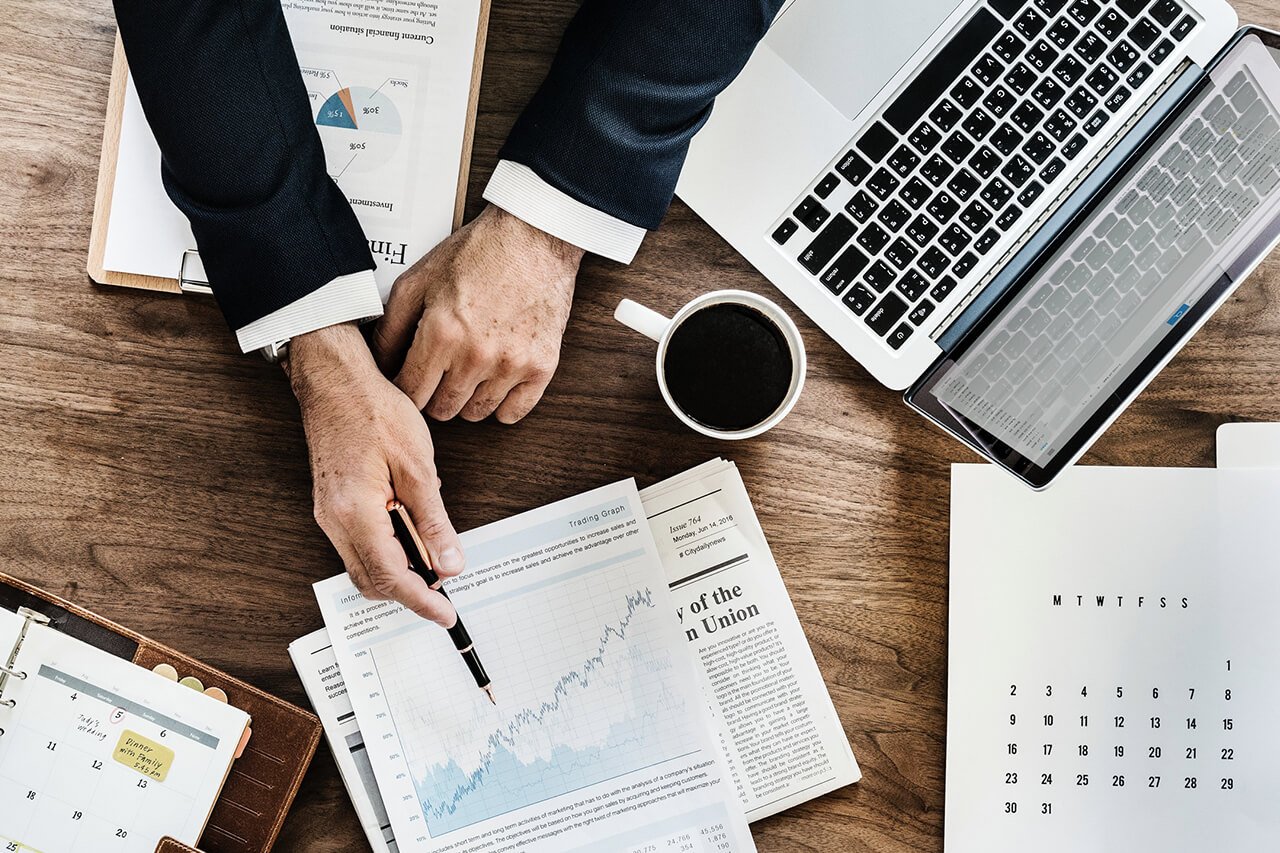Understanding Current Assets in Business
Current assets stand as a fundamental pillar in assessing the financial health and liquidity of a business. They represent the resources a company owns that are expected to be converted into cash or used up within a year. Understanding these assets is essential for investors, creditors, and managers, as they provide critical insights into a company’s ability to meet its short-term obligations and sustain its operations.
In this article, we will delve into the significance, composition, and management strategies of current assets.
What are Current Assets?
Current assets encompass a variety of resources that are readily convertible into cash within a relatively short time frame, typically within one operating cycle, or within a year. These assets are crucial for maintaining day-to-day operations and managing short-term financial obligations.
Common Examples of Current Assets
- Cash and Cash Equivalents: This includes physical currency, balances held in bank accounts, and short-term investments that are highly liquid and easily convertible into cash within a short period.
- Accounts Receivable: Amounts owed to the company by customers for goods or services provided on credit. Accounts receivable represent future cash inflows and are usually collected within a short period, often within 30 to 90 days.
- Inventory: The goods or materials held by a company for sale or for use in the production process. Inventory can include raw materials, work-in-progress, and finished goods. Its value is expected to be realised through the sale of products or services within the next operating cycle, typically within a year.
- Short-Term Investments: Investments in securities or financial instruments with maturities of less than one year, such as marketable securities and certificates of deposit. These investments provide a higher return than cash while maintaining relatively high liquidity.
- Prepaid Expenses: Payments made in advance for goods or services that will be received in the future. Examples include prepaid insurance premiums, prepaid rent, and prepaid subscriptions. Prepaid expenses are considered current assets because they represent future economic benefits that will be realised within the next year.
Current Assets vs. Non-Current Assets
Current assets, such as cash, accounts receivable, and inventory, are expected to be converted into cash or used up within a year and play a crucial role in meeting short-term financial obligations.
In contrast, non-current assets, including property, plant, equipment, and intangible assets like patents and goodwill, are held for long-term use and provide lasting benefits to the business over multiple accounting periods.
While current assets support day-to-day operations and liquidity management, non-current assets contribute to the business’s growth, productivity, and future profitability.
The Importance of Current Assets
Here are some reasons why understanding current assets is essential:
Liquidity Assessment
Current assets serve as a measure of a company’s liquidity, indicating its ability to meet short-term obligations as they come due. A higher ratio of current assets to current liabilities signifies a strong liquidity position, providing reassurance to creditors and investors.
Operating Cycle Management
Understanding the composition and value of current assets helps businesses manage their operating cycle more efficiently. By monitoring inventory levels, accounts receivable, and cash reserves, companies can optimise working capital and minimise the time and resources tied up in the production and sales process.
Risk Management
Current assets act as a buffer against unforeseen financial challenges or disruptions in cash flow. Having sufficient liquidity in the form of cash and marketable securities enables businesses to weather economic downturns, cover unexpected expenses, and seize opportunities for growth.
Creditworthiness
Lenders and suppliers often evaluate a company’s current asset position when extending credit or entering into contractual agreements. A healthy ratio of current assets to current liabilities enhances the company’s creditworthiness and bargaining power, potentially leading to favourable terms and conditions.
Formula for Current Assets
The formula for calculating total current assets on a company’s balance sheet is:
Where:
- Cash and Cash Equivalents: The money in the business’s bank accounts or assets that are easily convertible into cash within 12 months.
- Accounts Receivable: Money owed to the business by customers for goods or services provided.
- Inventory: The value of goods that the business holds for resale.
- Prepaid Expenses: Payments made in advance for goods or services to be received in the future (e.g., insurance).
- Other Short-term Assets: Any other assets that are expected to be converted into cash or used up within a year.
Current assets represent the total value of assets a business expects to convert into cash or use within a year and are crucial for assessing liquidity and operational efficiency.
Analysing Current Assets
Analysing current assets involves more than just calculating their total value. It requires assessing their composition, quality, and relationship to other financial metrics. Key ratios and metrics used in analysing current assets include:
Current Ratio
Current ratio is calculated by dividing total current assets by total current liabilities, the current ratio measures a company’s ability to meet its short-term obligations with its current assets. A ratio of 2:1 or higher is generally considered healthy, indicating sufficient liquidity.
Quick Ratio (Acid-Test Ratio)
Similar to the current ratio but more conservative, the quick ratio excludes inventory from current assets since it may not be as easily converted to cash. It is calculated by dividing quick assets by current liabilities, providing a more stringent measure of liquidity.
Inventory Turnover Ratio
This ratio assesses how efficiently a company manages its inventory by comparing the cost of goods sold to the average inventory level. A higher turnover ratio indicates that inventory is being sold quickly, which can improve cash flow and profitability.
Days Sales Outstanding (DSO)
DSO measures the average number of days it takes for a company to collect payment from its customers. A lower DSO indicates faster collections and better accounts receivable management, enhancing liquidity and cash flow.
How to Increase Current Assets
Increasing current assets typically involves strategies aimed at improving liquidity and managing cash flow. Here are several ways to increase current assets:
- Improve Accounts Receivable Management: Implement efficient invoicing and collection processes to accelerate cash inflows from customers. Offer discounts for early payments to incentivise prompt settlements and regularly review ageing accounts to identify overdue payments for follow-up.
- Optimise Inventory Management: Streamline inventory practices to minimise excess stock and avoid stockouts. Utilise inventory management systems to track sales trends, forecast demand, and optimise reorder points. Negotiate favourable terms with suppliers to reduce inventory holding costs.
- Maximise Cash Flow: Increase cash reserves by reducing unnecessary expenditures and optimising cash management practices. Delay non-essential payments while prioritising payments to suppliers to maintain good relationships.
- Increase Sales and Revenue: Implement sales and marketing initiatives to attract new customers and increase sales volumes.
- Monitor and Manage Working Capital: Continuously monitor key working capital metrics such as the current ratio and days sales outstanding to identify areas for improvement. Implement working capital management strategies to optimise the balance between current assets and liabilities.
The Significance of Current Assets in Business
Current assets are vital components of a company’s financial structure, providing the liquidity and flexibility necessary to sustain operations and meet short-term obligations. Regular monitoring and analysis of current asset levels and related financial metrics are essential for maintaining financial health and achieving long-term business success.

























